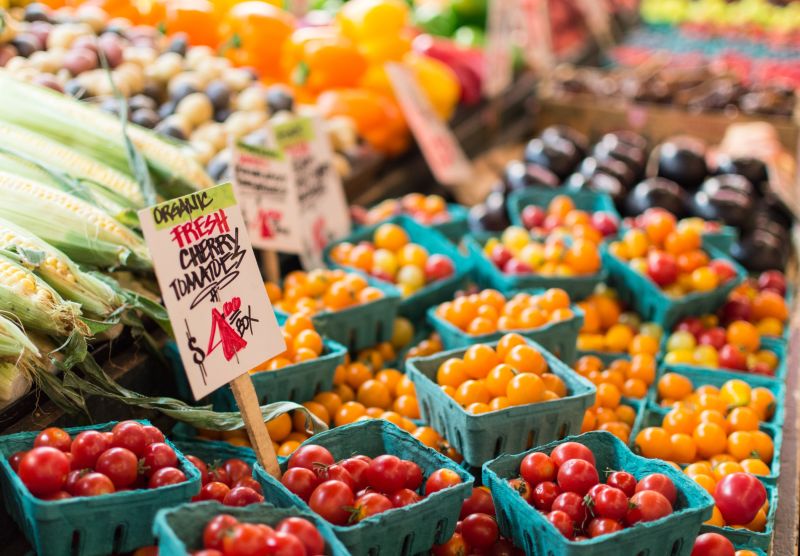Current estimates suggest that 50% of consumers in the U.S believe in the need to maintain a sustainable approach to food production and consumption. As the public conversation around the environment gradually shifts toward sustainability, the idea of what it is to live and eat in an eco-friendly manner is evolving.
Today, many consumers are interested in building a healthy diet that has a low (or positive) impact on the environment. Studying food holistically provides insight into what the body actually needs—and this isn’t just a priority for the eco-friendly.
For example, even poker pros carefully break down their diet and lifestyle to tailor a menu for tournaments that require long stretches of sitting and concentration. At the top of their list is building macronutrient-dense meals or snacks, as well as mitigating the amount of caffeine they drink.
Similarly, elite athletes like professional tennis player Novak Djokovic have credited special diets for their historic wins. In Djokovic’s case, this doesn’t mean intense food restrictions but instead listening mindfully to the body’s natural cravings.
Building an eco-friendly diet is built on a similar ideal. Rather than just catering to the body’s needs, an eco-friendly diet will also cater to Mother Nature. It’s a rounded approach in which people and the environment interact in a symbiotic relationship—and being eco-conscious at the dinner table doesn’t have to be financially restrictive.
Keep reading for three pocket-friendly ways to start building an eco-friendly diet today.
Tip One: Take a Mindful Approach

Practicing mindfulness will serve as a solid foundation for healthy living in general. In paying more attention to the process of buying, cooking, and eating, consumers will begin to see each meal as the end result of a long series of processes.
Want to build an eco-friendly diet? Start thinking about the origin of food—is produce grown in the next state or shipped in from another continent? And what about how a product is packaged—is there an exorbitant amount of single-use plastic being used?
There’s no hard and fast answer to creating an eco-friendly diet. Instead, it’s about building a lifestyle. The first step is to start asking basic questions about where food comes from and how it’s packaged before ever becoming part of a meal.
Tip Two: Shop Smart (and Friendly!)
Another fundamental approach to eating eco-friendly is to prioritize sourcing. At its most basic, many consumers are already mindfully shopping by bringing their own reusable bags and opting for wholesale. Buying in bulk helps minimize the amount of plastic packaging, as well as giving consumers more bang for their buck.
An aspect to keep in mind while grocery shopping is to buy locally. Shopping at non-chain shops and farmers’ markets helps the environment by lowering carbon emissions related to transportation and protecting biodiversity (by avoiding industrial farms). It also helps develop the local economy. This may not seem immediately relevant in terms of diet but highlights how mindfulness can help consumers make connections in different areas of their lives.
Tip Three: Upgrade the Kitchen
There are several ways to make home kitchens more environmentally friendly. First, it’s important to consider packaging and food storage, as mentioned above. Second, it’s important to consider where utensils and other cooking tools are sourced from.
Today, it’s becoming easier to find organic source materials for kitchen tools of all stripes. Bamboo has become a staple for utensils of all shapes and sizes, while silicone has become popular for storage because of its flexibility and easy-to-clean feel. Other materials include seaweed, cornstarch, recycled paper, and even biodegradable plastic.
This extends to pots, pans, and other stovetop options. Brands like Caraway, Our Place, and Milo Cookware have all rolled out special eco-friendly lines that highlight sustainable cooking. Caraway, for example, uses ceramic coating to ensure a non-stick bake.
Some people have even opted for eco-friendly cooking methods. Though most won’t be able to afford the greatest in eco-friendly stoves and ovens, brands like LG and Samsung are creating Energy Star-rated products that minimize energy consumption.
Article Submitted By Community Writer




